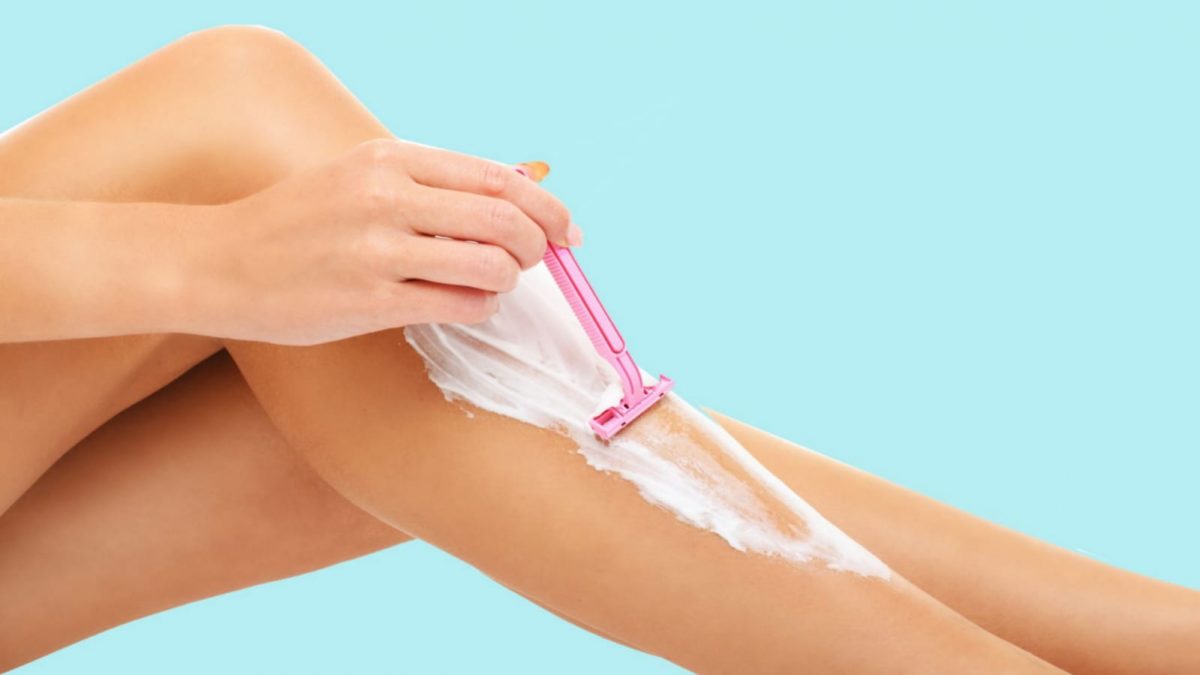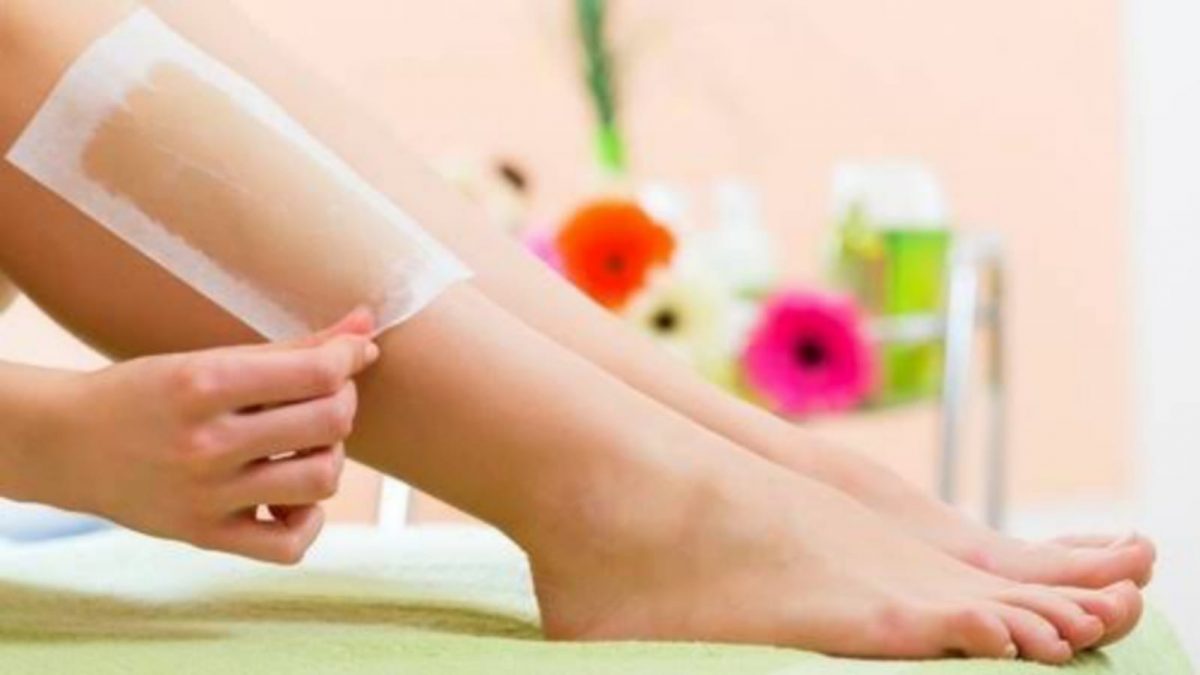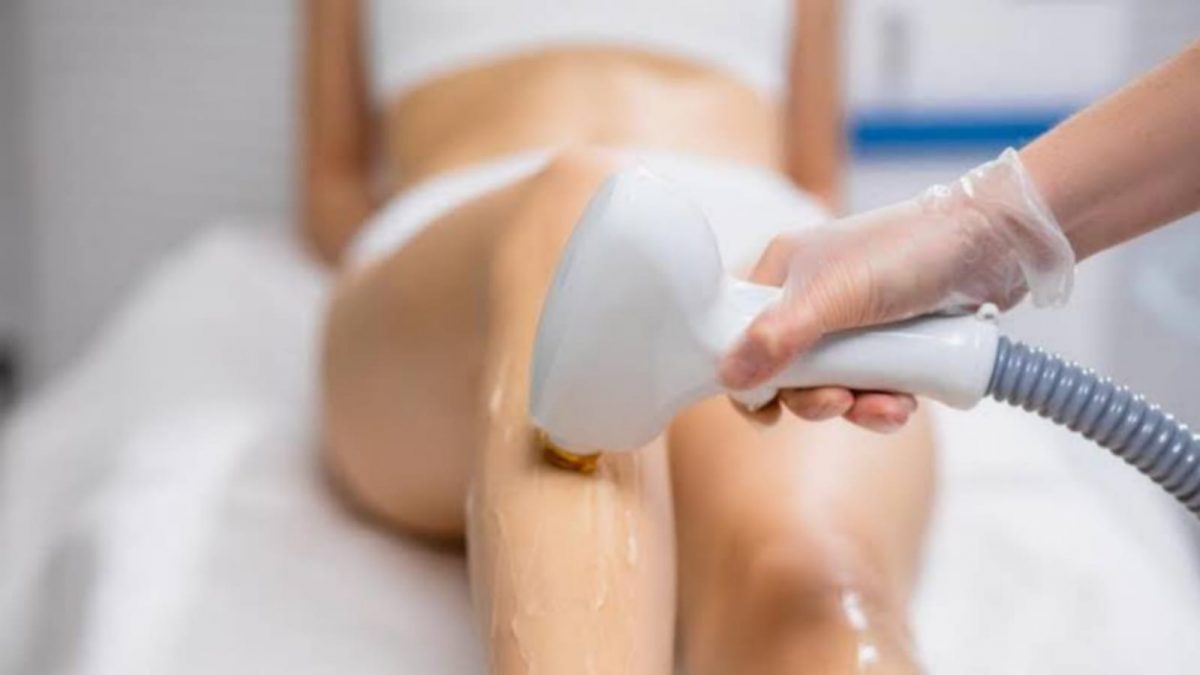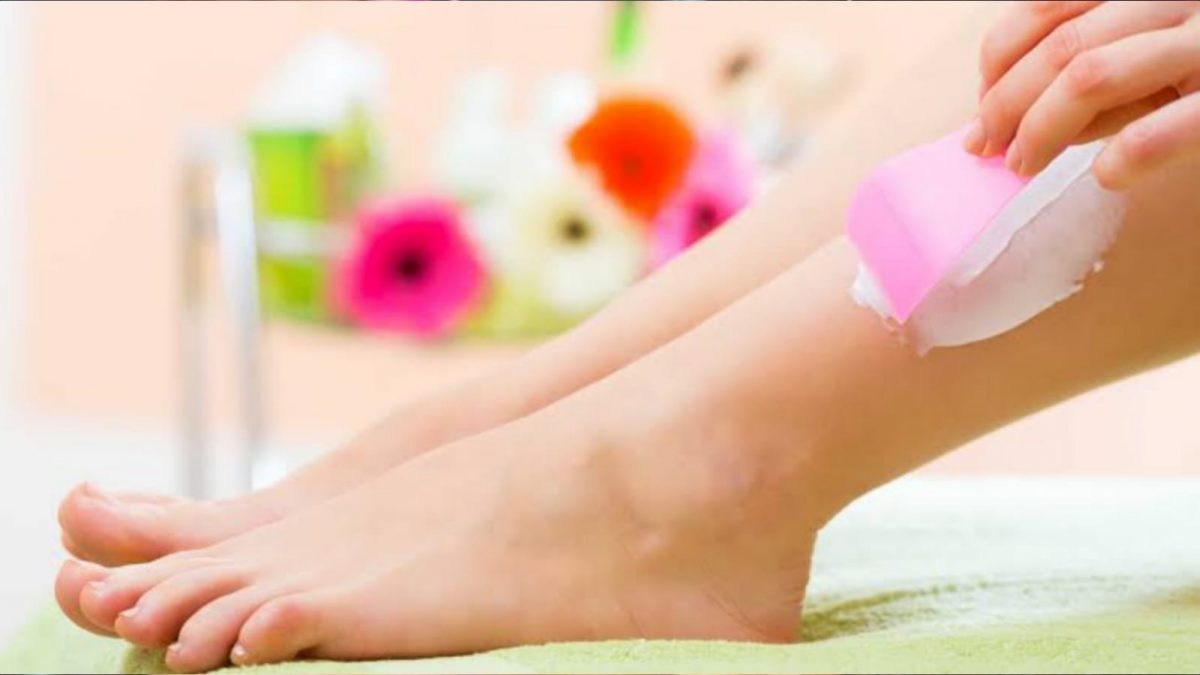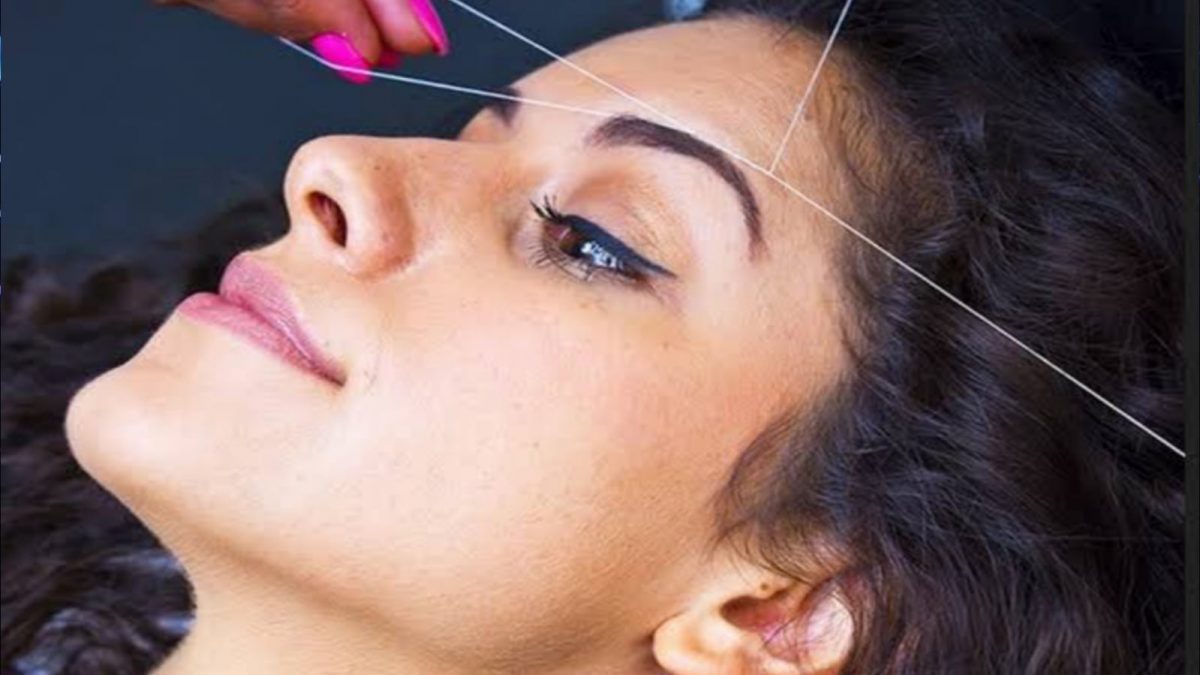
New Delhi: Everybody possesses body hair, albeit its visibility varies among individuals. While it’s completely natural to have body hair, if you’re uncomfortable with it, there are numerous ways to address the issue. Females with PCOD and PCOS tend to have more body hair, and certain medical conditions can also lead to excessive hair growth. Hair removal techniques range from painless to painful.
1. Shaving
Shaving stands as the simplest and least painful approach to hair removal. When you shave, the razor blade trims the hairs at the surface, leaving you with smooth, hair-free skin. It’s a cost-effective and painless method, offering quick results. However, it comes with drawbacks. Hair regrows within 2-3 days, often requiring daily maintenance. Shaving can cause rashes, irritation, ingrown hair, razor burns, and cuts.
2. Waxing
Waxing is another viable option, although it can be painful and occasionally messy. Whether using hot or cold wax, the process involves application followed by swift removal using strips. Waxing extracts hair from the root, resulting in weeks of hair-free skin. While highly effective, waxing demands a learning curve, taking time to master. It’s not a quick procedure, and waxing sensitive areas can be especially painful, leaving the skin temporarily red and irritated. Potential downsides include ingrown hairs and, if the wax is too hot, skin burns.
3. Laser Hair Removal
Laser hair removal ranks among the top-tier methods. Practitioners employ laser light to target and damage hair follicles. Dermatologists usually administer 5-6 treatments for completion. The method is mostly permanent, except on a woman’s face, though some regrowth might occur after several years. It’s important to note that laser hair removal is ineffective on blonde, white, gray, or red hair due to the limitations of laser technology. Post-treatment care is crucial, involving sun protection and moisturization. The procedure not only eradicates ingrown hairs but also yields smoother skin. However, it may lead to dryness and skin burns, necessitating the use of thick moisturizers and sunscreens.
4. Depilatories
Depilatories encompass creams, lotions, and gels that contain active ingredients like thioglycolic acid and thiolactic acid. These components break down the disulfide bond in keratin and hydrolyse the hair, allowing for easy removal. This painless method delivers swift results, lasting up to 2 weeks. Yet, potential side effects include skin irritation, damage, and pigmentation. A patch test is advisable before using such products.
5. Threading
Threading entails rolling and twisting a cotton thread over unwanted hairs to uproot them. It selectively removes only unwanted hair, making it suitable for areas like eyebrows. The method induces minimal irritation, making it an option for sensitive or acne-prone skin. Results typically persist for 5-6 weeks.
6. Electrolysis
Electrolysis involves sending an electrical current through a hair follicle to damage it, preventing future hair growth. Similar to laser hair removal, achieving permanent results often requires 5-6 sessions, but it’s a reliable method for all hair types, even light or colored hair that lasers struggle to target. While more expensive, it offers permanent hair removal without maintenance. However, it’s not without potential risks, including skin burns, damage, and, in some cases, keloid scars for darker skin tones. Discomfort can arise due to the stinging sensation during treatment.
These represent the most prevalent hair removal methods, each demanding practice and patience. If your chosen method causes skin issues, consulting a dermatologist for alternatives is advisable. Keep in mind that many methods may not be suitable for sensitive skin. Prior research and patch tests are crucial steps before attempting any new hair removal technique for safety assurance.
In conclusion, a variety of hair removal methods are available to cater to individual preferences and needs. From painless options like shaving and depilatories to more enduring techniques like waxing, laser hair removal, threading, and electrolysis, each method offers its own set of benefits and considerations. It’s essential to consider your skin type, pain tolerance, and desired results when choosing the right approach. Prior research, patch tests, and expert consultation can help you make an informed decision, ensuring effective and safe hair removal.





